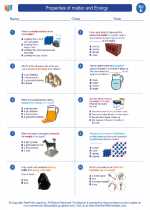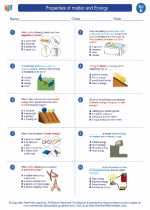Structure of the Bladder
The bladder is a flexible, muscular sac that can expand and contract. It is composed of several layers of tissue, including the inner mucous membrane, submucosa, muscular layer, and outer serous layer. The muscular layer, known as the detrusor muscle, contracts to expel urine from the bladder during urination.Function of the Bladder
The main function of the bladder is to store urine produced by the kidneys. As the kidneys filter waste products from the blood, urine is produced and transported to the bladder through the ureters. The bladder can expand to accommodate varying volumes of urine. When the bladder is full, it sends signals to the brain, triggering the urge to urinate. During urination, the detrusor muscle contracts, and the urinary sphincter relaxes, allowing urine to be expelled through the urethra.Common Bladder Disorders
There are several disorders and conditions that can affect the bladder, including urinary incontinence, urinary retention, bladder infections (cystitis), bladder cancer, and interstitial cystitis. Understanding the structure and function of the bladder can help in the prevention and management of these conditions.Study Guide
- Anatomy: Understand the structure of the bladder, including its layers and the detrusor muscle.
- Function: Learn about the role of the bladder in storing and expelling urine, as well as the signaling process that triggers the urge to urinate.
- Disorders: Familiarize yourself with common bladder disorders and their symptoms, causes, and treatment options.
- Healthy Habits: Explore the importance of maintaining good bladder health through proper hydration, regular urination, and seeking medical attention for any concerning symptoms.
◂Science Worksheets and Study Guides Fifth Grade. Properties of matter and Energy
Study Guide Properties of matter and Energy
Properties of matter and Energy  Worksheet/Answer key
Worksheet/Answer key Properties of matter and Energy
Properties of matter and Energy  Worksheet/Answer key
Worksheet/Answer key Properties of matter and Energy
Properties of matter and Energy  Worksheet/Answer key
Worksheet/Answer key Properties of matter and Energy
Properties of matter and Energy  Vocabulary/Answer key
Vocabulary/Answer key Properties of matter and Energy
Properties of matter and Energy  Vocabulary/Answer key
Vocabulary/Answer key Properties of matter and Energy
Properties of matter and Energy 

 Worksheet/Answer key
Worksheet/Answer key
 Worksheet/Answer key
Worksheet/Answer key
 Worksheet/Answer key
Worksheet/Answer key
 Vocabulary/Answer key
Vocabulary/Answer key
 Vocabulary/Answer key
Vocabulary/Answer key

The resources above cover the following skills:
PHYSICAL SCIENCE (NGSS)
Matter and Its Interactions
Students who demonstrate understanding can:
Develop a model to describe that matter is made of particles too small to be seen.